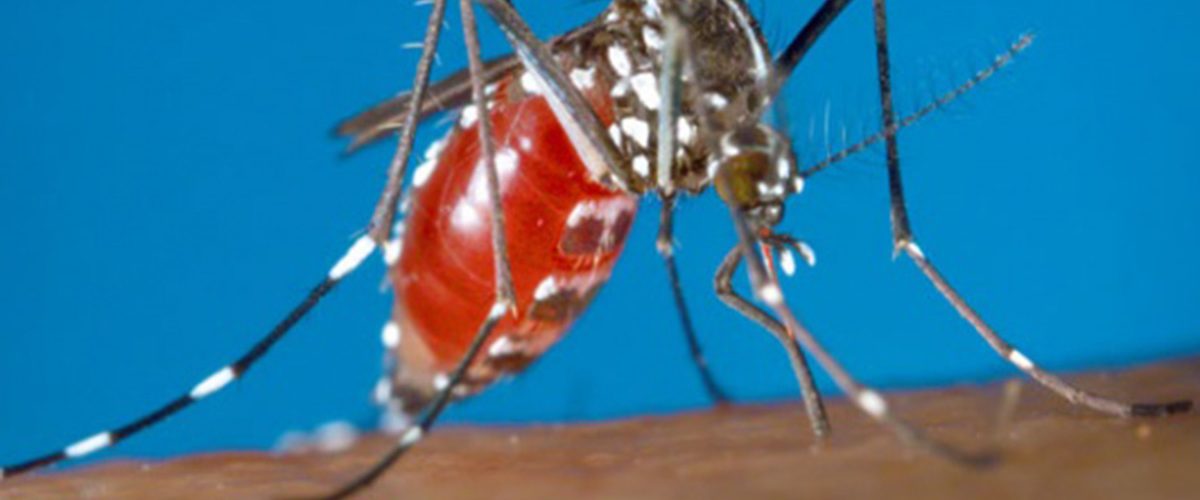Chikungunya is a viral disease transmitted to humans by infected mosquitoes. It was first introduced during an outbreak in southern Tanzania in 1952. The symptoms include abrupt onset of fever accompanied by muscle pain, headache, nausea, fatigue, rash, and severe joint pain. Sometimes the symptoms are mild, and the infection go unrecognized or misdiagnosed as dengue fever.
There is currently no specific antiviral drug treatment regime and no commercial chikungunya vaccine. Treatment is directed primarily at relieving the symptoms, using antipyretics, analgesics and fluids. Most cases recover completely within weeks.
Prevention and control are usually done by destroying or reducing natural and artificial mosquito breeding habitats, and by using insecticides to control mosquitoes. Using insecticide-treated mosquito nets and wearing clothing that minimizes exposure to mosquito bites can be helpful.
Recent Outbreaks in Africa
| Date | Countries | Total Cases | Deaths | NB |
| 2019 | Congo | 6,149 | – | The outbreak is still ongoing and has spread to eight of the twelve health departments of the country. |
| 2018 | Sudan | 13, 978 | – | Seven States (Kassala, Red Sea, Al Gadaref, River Nile, Northern State, South Darfur, and Khartoum) have been affected by the outbreak. |
| 2018 | Kenya | 453 | – | The outbreak has spread to the six sub-counties (Changamwe, Jomvu, Kisauni, Likoni, Mvita and Nyali) of Mombasa and one in Kilifi: with the majority of suspected cases reported from Mvita and Likoni in Mombasa |
| 2016 | Kenya | 1,792 | – | The outbreak was confined in Mandera East sub-county |
| 2015 | Senegal | 10 | – | The outbreak was declared in the region of Kédougou |

